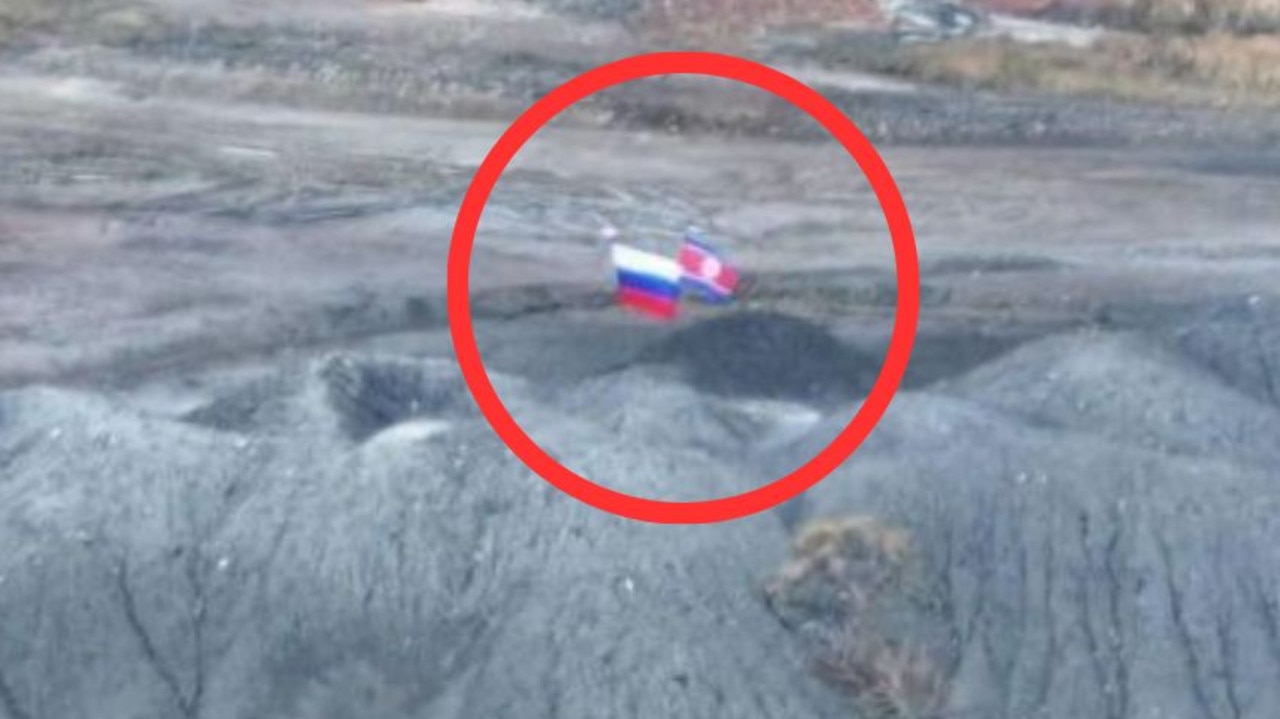Satellite photos reveal Beijing’s huge plan for South China Sea
Damning new images have revealed Beijing is building a network of stealth-penetrating radars in a fresh bid to seize control of a crucial region.

Innovation
Don't miss out on the headlines from Innovation. Followed categories will be added to My News.
Satellite photos reveal Beijing is building a network of stealth-penetrating radars in a fresh bid to close off the South China Sea.
British think-tank Chatham House has published images of fresh construction work on Triton Island in the disputed Paracel Islands archipelago. And they show the distinctive hexagonal grouping of SIAR (synthetic impulse and aperture radar) poles, a control tower and several mobile missile staging pads.
“Once completed, the radar system would significantly increase China’s signals intercept and electronic warfare capabilities across the disputed Paracel Islands archipelago and add to a wider surveillance network spanning much of the South China Sea,” the report states.
The revelation comes even as the United States and Australia deploy their advanced stealth combat aircraft as a signal of deterrence against Beijing’s expansive ambitions to enforce sovereignty over the disputed waterway.
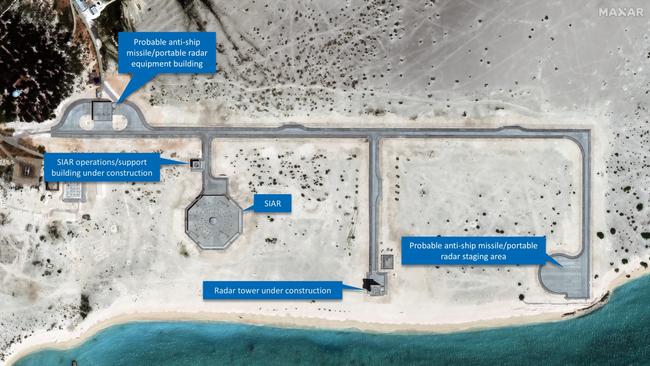
The South China Sea, positioned between Taiwan, the Philippines, Brunei, Malaysia, Indonesia, Thailand and Vietnam, has been the scene of rapidly escalating tensions over the past decade.
Beijing’s “nine-dash-line” assertion of “historical ownership” over the waterway was thrown out by the International Court of Arbitration in 2016 as being without foundation. But the Chinese Communist Party has stepped up violent clashes with Philippine and Vietnamese coast guard and fishing vessels in an effort to seize control.
In conjunction with its artificial island fortresses, the new anti-stealth radar network could put Beijing in a dominant position if it decides to militarily enforce its control over the strategic link between the Indian and Pacific Oceans, through which one-third of the world’s shipping traffic passes.
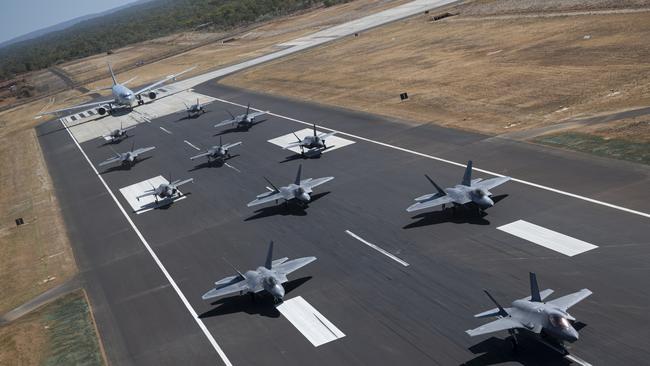
Great walls of signals and sand
China seized the Paracel Islands from Vietnam in a 1974 naval battle. A follow-up attempt to invade northern Vietnam in 1979 was repulsed.
It’s been the focus of dispute ever since.
Beijing has turned one of its most prominent features, Woody Island, into a significant military airfield and naval base, acting as a hub to support the spokes of several similar outposts scattered through the Spratly Islands.
Now the much smaller Triton Island is being incorporated into this command and control network.
“Once completed, the radar on Triton will form what is believed to be a wider network of at least three overlapping counter-stealth radars built across Chinese bases in the South China Sea over the past decade,” the Chatham House report reads.
Similar hexagonal structures have been observed on Hainan Island – the primary naval base for the Chinese southern fleet – and Subi Reef in the Spratly Islands.
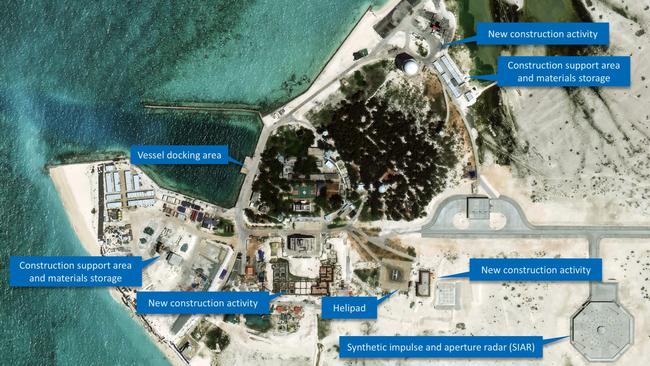
“SIAR radars cannot see over the curve of the Earth, which means there is a gap in China’s air surveillance coverage between Subi Reef and Hainan Island. The Triton Island site will help close that gap,” Mitchell Institute analyst Michael Dahm told the think tank.
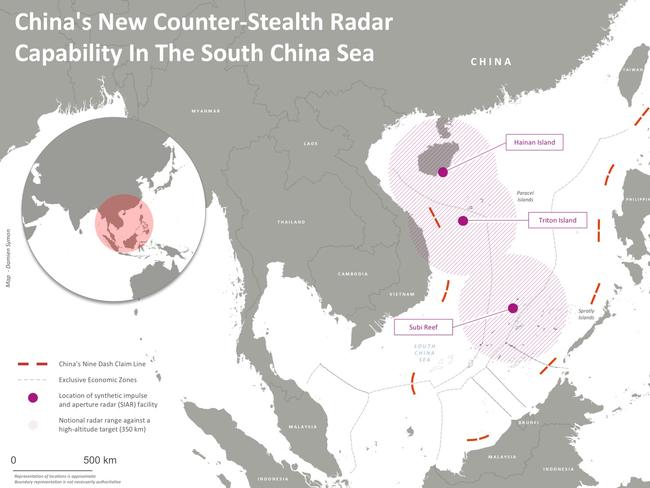
Combined with conventional radars and electronic surveillance technologies, Triton Island will give Beijing significant coverage of all Vietnamese air and sea operations in the area.
“The facility may also impede attempts by the American, British and Australian navies to challenge China’s ‘nine-dash-line’ claim by navigating the waters of the Paracels. The new facilities on Triton may be an attempt by China to make such operations more difficult in the future,” Chatham House analyst Bill Hayton added.
It’s an objective repeatedly asserted by China’s Ministry of Defence.
“We hope that the South China Sea will remain a sea of peace,” Chinese army Lieutenant General He Lei told a September defence forum in Xiangshan.
“But if the United States moves its pawns behind the scenes, if it pushes countries to the front line, or if the United States itself ends up on the front line, then we … will never have any patience.
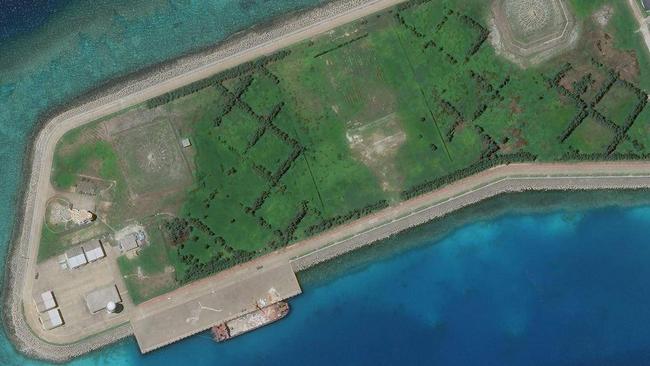
“We in the Chinese People’s Liberation Army will resolutely crush any foreign hostile encroachment on China’s territorial, sovereign and maritime rights and interests with firm determination, staunch will, strong capability and effective means.”
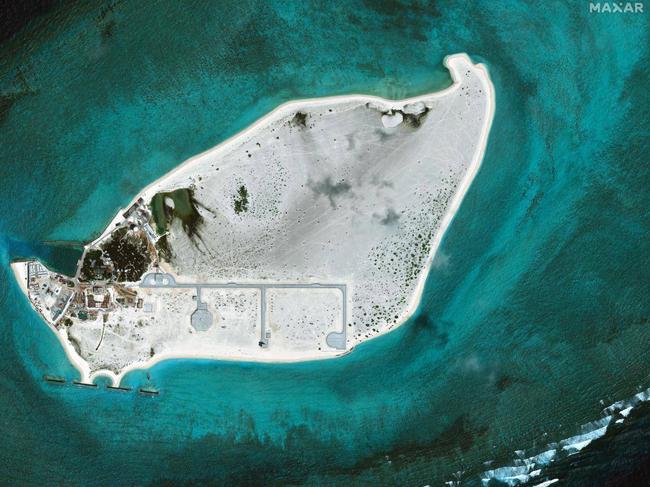
Closing the stealth gap
The United States’ limited force of combat stealth aircraft is one of the few areas in which the world power maintains an advantage over China, including nuclear-powered submarines.
And it has recently been emphasising this point by deploying F-22 Raptor stealth fighters and B-2 Spirit stealth bombers to the region this year. F-35A stealth fighters and F-35B stealth jump jets have already made regular appearances across Southeast Asia.
“On a strategic level, the expansion of Beijing’s counter-stealth radar network across the Paracels may help to erode the technological superiority that US and allied military forces have enjoyed in the region over the past three decades,” the Chatham House report warns.
In August, Australia’s major Pitch Black international air combat exercise involved 20 nations and 140 jets. Some of the USAF’s 186 F-22s participated for the first time before visiting Bali on their return to Japan.

The F-22s also visited Brunei, Singapore and the Philippines. US F-35s went on to visit Thailand for exercises for the first time.
Commander of US Pacific Air Forces Kevin Schneider said the stealth fighter visits across Southeast Asia were a result of the “growing understanding and awareness of the threat posed by Beijing in their illegal, coercive, aggressive, and deceptive activities.”
He said there was a “greater desire” among nations in the region “to do more and a willingness to allow us to transit aeroplanes through their locations, their willingness to expand exercises to be perhaps more realistic for the threat environments that we face.”
Australia, Japan and South Korea all operate the controversial F-35 stealth fighter. Despite entering service in 2015, the world’s most expensive military program is yet to achieve all its specified performance capabilities.
China’s large Chengdu J-20 air superiority stealth fighter entered service in 2017. Some 300 have since been built.
Jamie Seidel is a freelance writer | @JamieSeidel
Originally published as Satellite photos reveal Beijing’s huge plan for South China Sea





